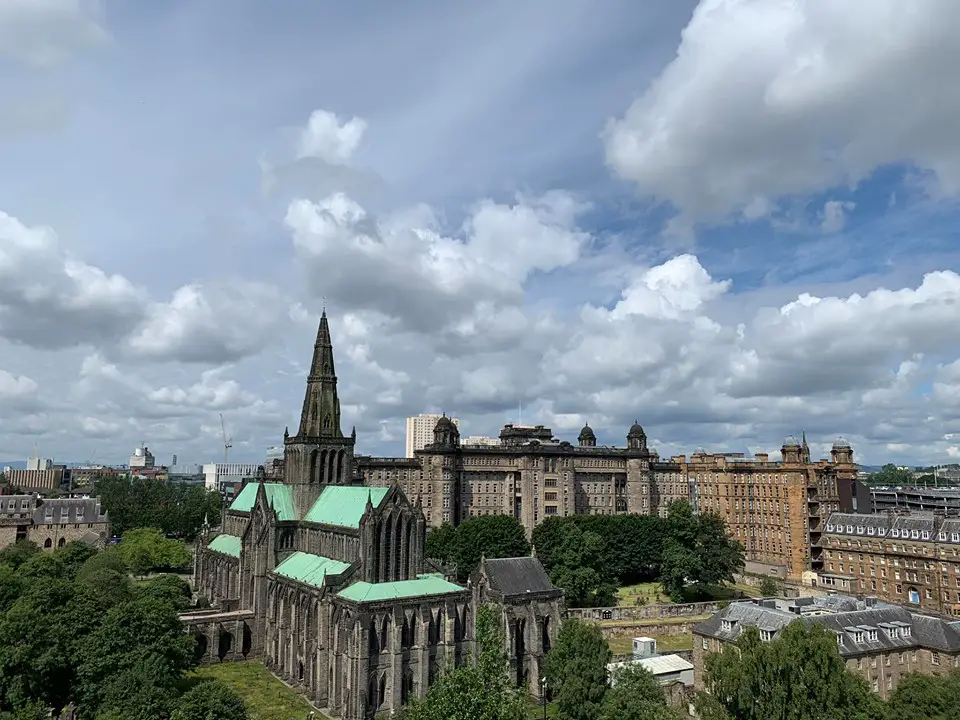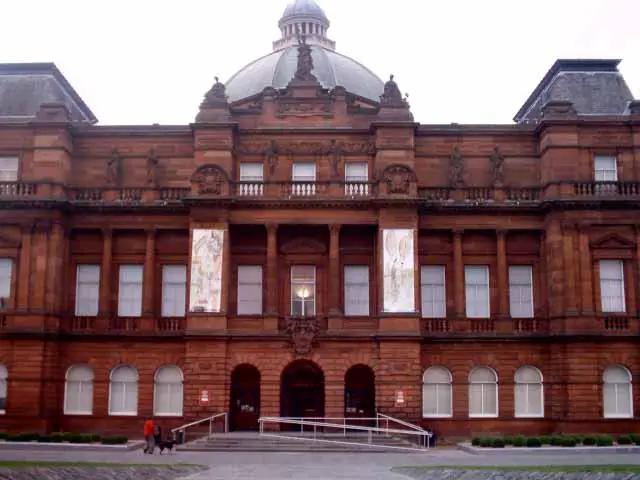Gaelic influence throughout scotland architecture advice, Permanent scottish travel tips
Gaelic Influence Throughout Scotland
6 August 2020
Scotland is a country steeped in history. The buildings of the main cities of Glasgow and Edinburgh strongly reflect the country’s past with the city centres packed with architectural masterpieces. This extends to both buildings that are hundreds of years old, and the more modern designs too. Celtic symbols and style are more synonymous with the beautiful Metropolis of Glasgow but have extended throughout the globe. The Scottish Gaels have crept into modern industries, including music, food, and even entertainment.
Movies like the award-winning animation Song of the Sea dive into the ancient Gaelic folklore of the Selkies, mythical creatures that move between land and ocean. While the popular MOBA game Smite brings the legend about the Cu Chulainn warrior back to life. And typical Gaelic symbology like knots, leprechauns and four-leaf clovers are also featured in popular online slots for UK players like Gaelic Luck and others. This shows that the past and present are very much aligned within Scotland and that they are a people proud of their vibrant history.
In this article, we’ll explore the ancient Gaelic influence of Scotland’s largest city, Glasgow. With a particular focus on buildings.
Sauchiehall Street: Mackintosh at the Willow
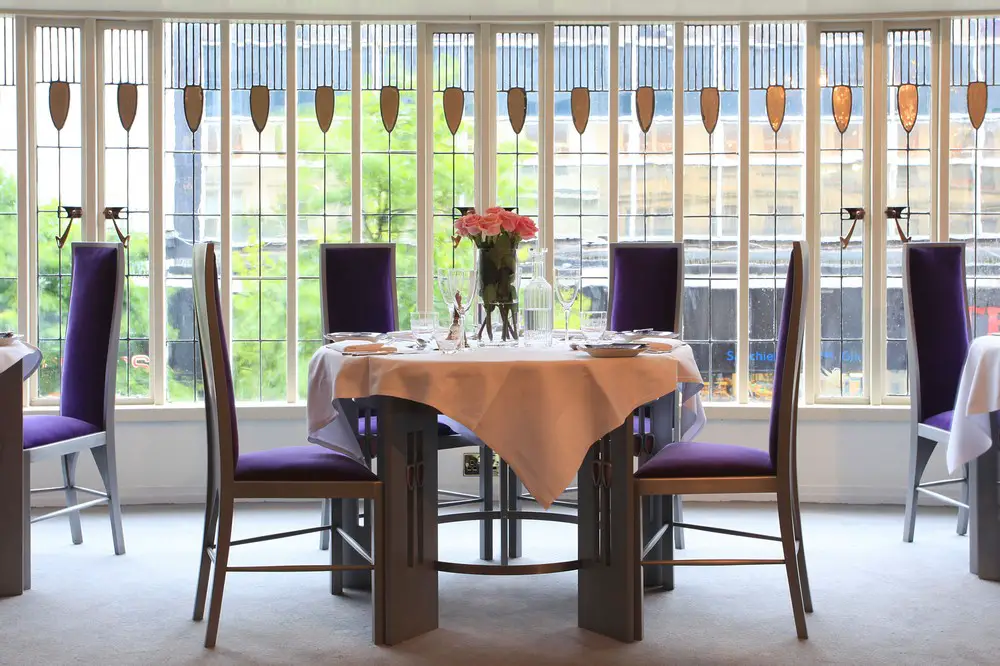
photo courtesy of The Willow Tea Rooms Trust
Let’s start with a classic. Formally known as the Willow Tearooms, Mackintosh at the Willow is one of the most iconic tea rooms in the country. Designed by world-renowned Scottish architect Charles Rennie Mackintosh, the tearoom is as picture-perfect as you could dream. Mackintosh’s signature designs are prominent in every aspect, including the windows, chairs, and décor.
The tearoom has recently been restored to its former glory and is a real must-see when in the City. This is even more true due to the recent fire which destroyed the famous Glasgow Art School’s building, dedicated to Mackintosh.
Glasgow Green: People’s Palace and Winter Gardens
The People’s Palace is something of an unknown treasure for tourists visiting Glasgow. It is situated in the East end of the City, which was for some years not shown much love. In saying that, Glasgow Green has enjoyed, in recent times, some much-needed care and its crown jewel is without a doubt the People’s Palace and the Doulton Fountain.
Built in 1898, the building is said to have been an adaptation of the later French Renaissance’. However, its Gaelic roots have been held. With intricate design touches including Celtic symbols – the People’s Palace is another building touched with the ancient past.
The Doulton Fountain, situated at the entrance of the building, is a highly decorative, ornate work of art. It is thought to be one of the largest fountains of its type so certainly worth a look.
Glasgow Central Station: The Heilanman’s Umbrella
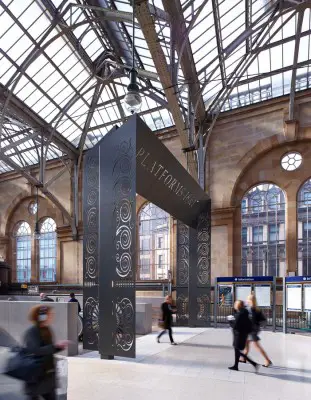
photo © Andrew Lee Photographer
This one is undeniably a structure with Gaelic influence. It is known locally as the ‘Heilanman’s Umbrella’, aka the Highland man’s umbrella. The structure which is one of the city’s main train stations is as grand as it is old.
It got its name during the brutal highland clearances historical period between 1750 – 1860. In this time, thousands of inhabitants of the highlands were forced from their homes. It was an attempt to destroy the Clan System in Scotland with the ruling King’s having little power over those living in them.
Many of the highlanders were forced further down the mainland in search of work. They would rarely speak English with Scots Gaelic being their own language. Sadly today, there are fewer than 70,000 people who can speak in this ancient tongue, but there has been some push to get it to return. The highlanders would gather at the station and talk with others, while also keeping Scotland’s notorious weather at bay.
Other Buildings to Note
Of course, there are more than these three buildings to admire. The Kelvingrove Art Gallery is another impressive achievement for the city of Glasgow. As well as dozens of others. In terms of interesting buildings in cities, Glasgow is one of the top in the world.
Glasgow Cathedral building:
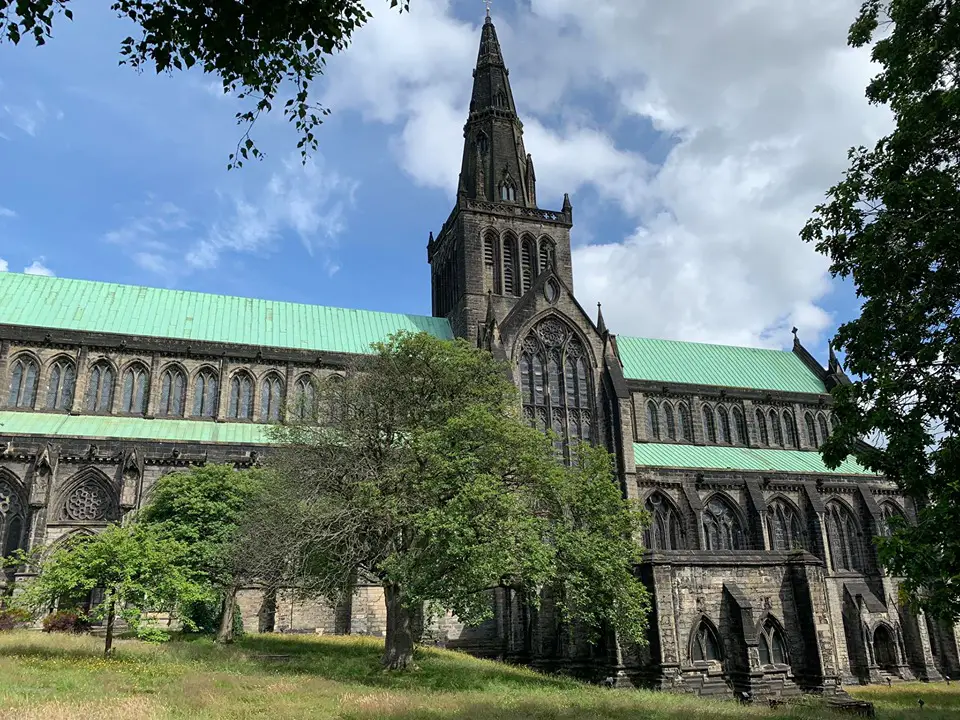
photo © Adrian Welch
Comments on the Going to School for Architecture advice article welcome
Glasgow Architecture
Historic Glasgow : best Glasgow architecture of the past
Comments / photos for the Gaelic influence throughout Scotland Tips page welcome
